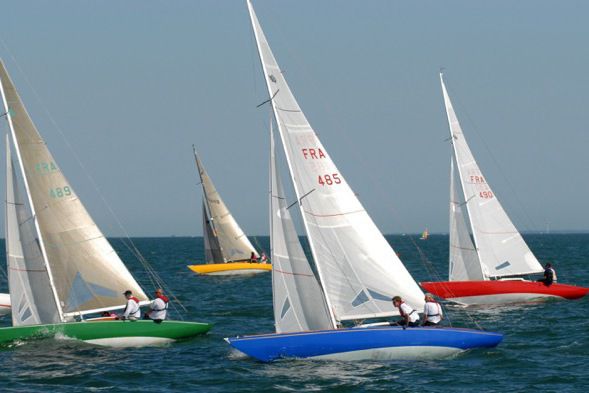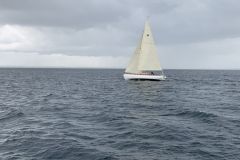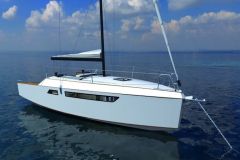A one-design sailboat born in Finland
The Shark was born in 1930 under the pencil of the Finnish architect Gunnar L.Stenbäck. Named the HAJ (shark in Swedish), this 9.60 m one-design sailboat was designed to democratize yachting. Indeed, in the 1930s, sailing was mainly practised on keel boats within the framework of relatively well-established international rules: 6M, 8M, 6.50M, 8.50M. But these boats are expensive and reserved for yachtsmen.
"We had to create a one-design boat that could be mass-produced and relatively cheap. Owners' boats in those days were big and expensive." explains Philippe Petit-Jean, president of the A.F.P.R. (Association Française des Propriétaires de Requin).
Rigging modification for the French market
Spotted by the Frenchman Jean Savoye, a major player in navigation in the Seine-Maritime region and a member of Duclair's Club House, the Shark (French translation of the name HAJ) was imported into France in 1934. But on its arrival, the French wanted to make some changes to it. In agreement with the architect, modifications were made to the plans. Although the hull and the keel, which was added without a galbord, remained identical, the rigging was changed: the mast was pierced and raised, and the runners and genoa had a larger surface area. The sail will be decorated with the famous animal.
"The Finns needed a boat that was easier to manoeuvre to navigate between the islands. In France, we were looking for a more seaworthy boat", argues Philippe Petit-Jean. The plans are supplied to a dozen of building sites which then build their own Sharks, first in wood, then in polyester and finally in strip-planking.
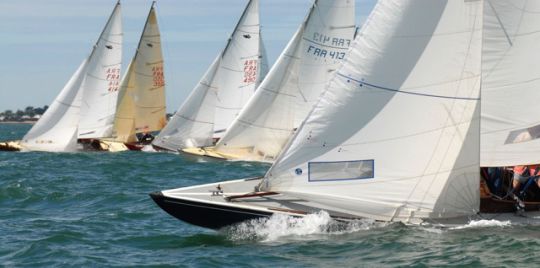
France, the largest shark producer
France becomes the largest producer of sailing yachts, and in 2020 it will have 499 units. The Pouvreau shipyard in the Vendée builds more than 300 of them.
If the second-hand market is the most favourable for the purchase of a Shark, some shipyards are still building new units. This is the case of Skol ar Mor, a marine carpentry school in Mesquer (44) which 4 years ago, as part of an educational project, built a Shark, or of the Vieux Safrans d'Annecy, which built a strip-planking model.
"Right now, there's a lot of restorations. In the next newsletter (annual journal of the A.F.P.R.), we will talk about 4 boats, one of which is called the Belone, which dates back to the 50's, has been very well restored with a nice deckhouse and will be launched soon. The Sharks are really very well restored and that's good. Today, we can find good opportunities between 18?000 and 20?000 euros" explains Philippe Petit-Jean.
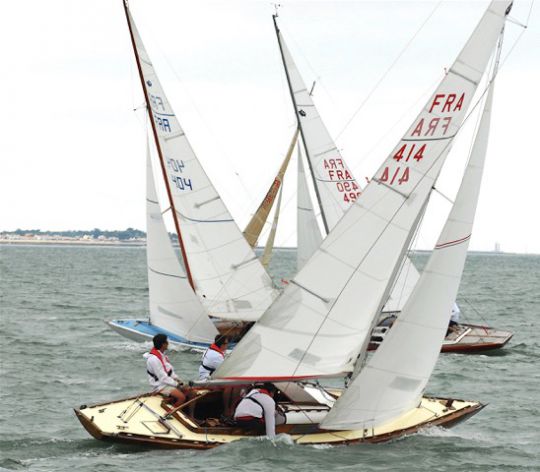
From cruise boat to dayboat
Originally when it was designed in the 1930s, the Shark is considered a cruise ship. It is still considered a cruise ship until the 1970s, thanks to its two berths that allow you to sleep on board.
"In 1952, two cousins aged 18 and 20 left Trinidad for Finland to attend the Helsinki Olympics." the president of the association laughs. In the book that he co-wrote and which he dedicates to the emblematic wooden sailing boat - The Shark, a legend, from yesterday to today - he tells the story of the many cruises and raids organised in Dakar, of which the sailing club had many copies of the boat.
The advent of polyester boats put an end to this notion of cruising, today the Shark being a pure dayboat. "When you go on the National Shark - the annual championship held in France - some crew members live on board their boat, but the layout is very spartan, because there is very little headroom" comments Philippe Petit-Jean.

No engine on the Shark
In strict compliance with the gauge, you will not find an engine on board the Shark. If at the time, the system consisted in installing a chair on the transom for an outboard motor, today, the president advises an electric long shaft to be installed on the roof, especially for harbour manoeuvres, where entries and exits under sail are increasingly rare (and not necessarily accepted by the captain's offices).
The ship of the French Navy
In addition to its use for pleasure boating, for 30 years the Shark also became the emblematic boat of French Navy officers. This is how the French Shark is exported throughout France and the world. Specimens can be found in Toulon and Brest, but also in Lebanon and Dakar.
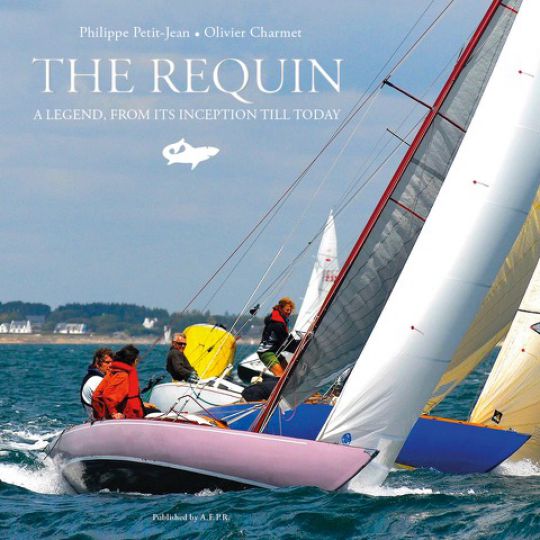
Why such a succès??
If at the time of its birth, the Shark is launched at the same time as two other sailing ships, the Tumlaren (Norwegian) and the Dragon (Swedish), it is the one chosen for France. So why such a succès??
"It has a silhouette that is very recognizable, with this shape that starts at the tip and goes all the way to the saffron. It has a timeless and unique line. There are no other boats of this style, although it is often compared to its first cousin, the Dragon. But the latter has a hoof keel that out of the water is not very aesthetic. Our boat looks just as good in the water as it does out of the water. That's why we exhibit it every year at the Paris Boat Show.
It brings back memories for boaters of a certain age. Everybody has sailed on a Shark at one time or another, or come across one in port, especially since it was the official boat of the French Navy. It's a legendary boat", concludes the president of the association.

 /
/ 